What could be more pleasant than the aroma of freshly prepared mushroom soup from mushrooms or potatoes with mushrooms! And pickled oyster mushrooms also bring a lot of gastronomic pleasure. But what if the collection of mushrooms and chanterelles is still far away, and the mushrooms seen in the supermarket do not inspire due trust? A possible solution could be a “forest on the windowsill,” because mushrooms at home can actually be grown all year round.
Content
Features of home mushroom cultivation
Of course, far from all species can be grown under artificial conditions. However, now the opportunity to get a crop at home is not an insoluble problem. There are many ways - to bring the mycelium from the forest and plant it in the garden, purchase mycelium and grow a crop from it, or you can prepare mushroom seedlings yourself - and enjoy picking mushrooms in your own garden, in the basement, cellar or greenhouse, and even on windowsill.
Conditions
Speaking of self-cultivation, it is necessary to determine the look. All mushrooms potentially suitable for independent cultivation can be divided into two groups - woody and soil. Based on this, the conditions and methods of cultivation are determined.
Straw is best suited for growing - wheat, barley or rye. However, all the material must always be fresh, otherwise pathogenic bacteria may threaten the crop.
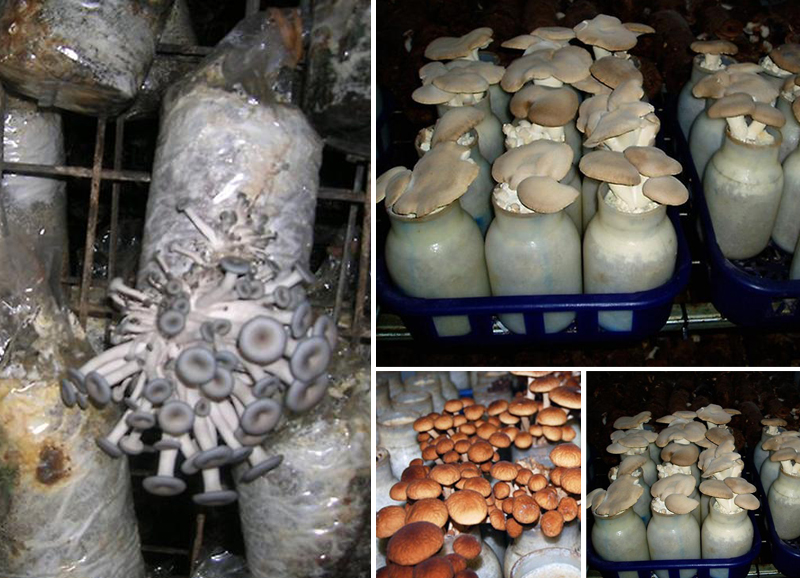
It is advisable to purchase planting material at specialized retail outlets, preferring viable fungal organisms. And, of course, it is necessary to observe the appropriate temperature and humidity levels - during the incubation period, monitor the heat, and keep it cool during the growth period. The optimum humidity is at least 85-90%, the temperature is about 25-27 at the first time, 12-18 - after the emergence of “shoots”.
 You may be interested in:
You may be interested in:Inventory and equipment
The choice of tools is an important stage in the cultivation of mushrooms. It depends, first of all, on the method of growing mycelium. You can buy ready-made, but experienced mushroom pickers advise doing it yourself in one of the ways - using a grain substrate or wood. The choice depends on the type of mycelium expected. In any case, the next step is to determine the location and method of placement of the prepared containers.
In the selected room shelves or racks are located, on which containers with prepared substrate are placed. Shelving is preferable to choose metal rather than wooden - wood in moisture conditions quickly becomes worthless. And if the choice fell on oyster mushrooms, then you can do with simple plastic bags or bags that are filled with substrate.
Technologies
Growing technologies depend on both the type of plants selected and the place of cultivation:
- The easiest way to grow mushrooms in the bank.This method is the simplest, however, in addition to this type of mushroom, it will not allow anything to grow more. In this case, the container with the substrate is boiled over low heat, and after cooling it is covered with mycelium and put, covered with gauze, in a room with room temperature. After about three weeks, the mycelium will sprout, and the jar with the future harvest is transferred to a shaded cool place.
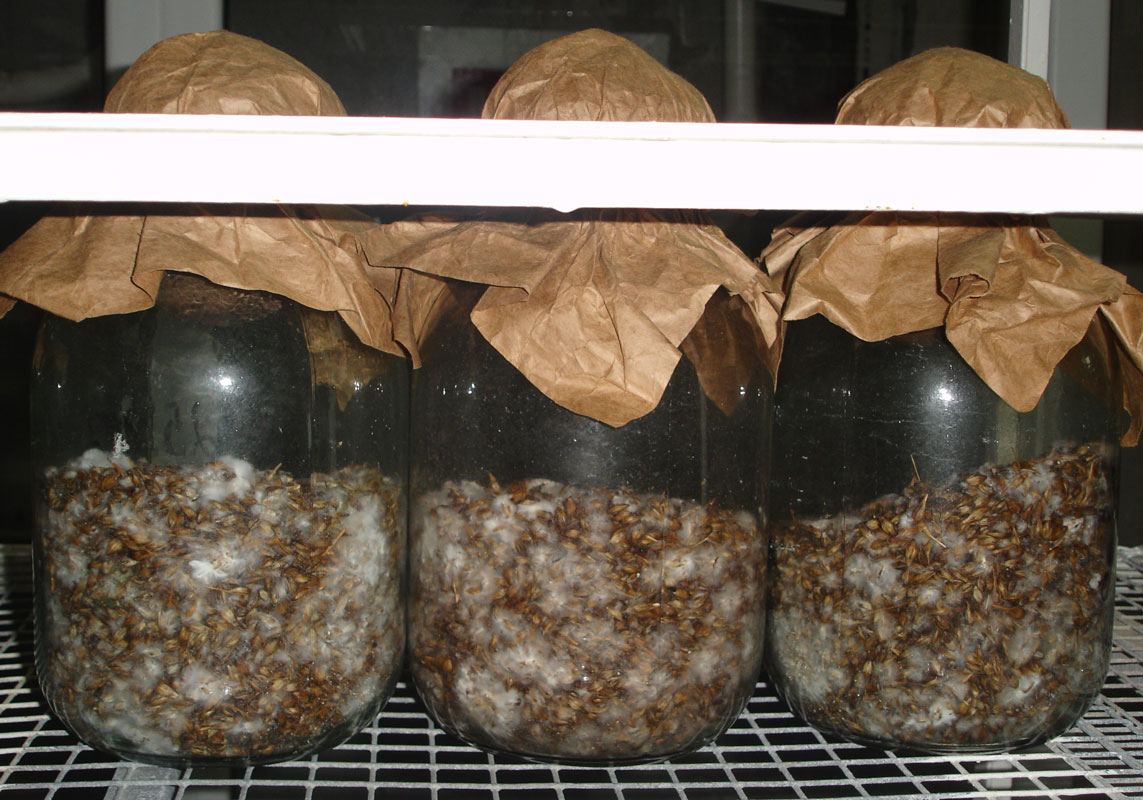
Mushrooms in the bank - Another affordable option that does not require special expenses is the independent transfer of mycelium from the forest to your site. It can be located near trees, on stumps and wooden logs dug in the ground. The mycelium should be placed under a tree of such a breed with which fruiting bodies can form mycorrhiza.
- A common and uncomplicated way to grow mushrooms is to use plastic bags. This method is often used in the case of oyster mushrooms or shiitake, but experienced mushroom pickers do this with champignons. The substrate is poured into bags, which are slightly incised, and colonized with mycelium. By placing these bags in a specially equipped room, on racks or hanging from the ceiling, it is very easy to harvest - mushrooms are simply cut, and new ones will soon grow in their place.
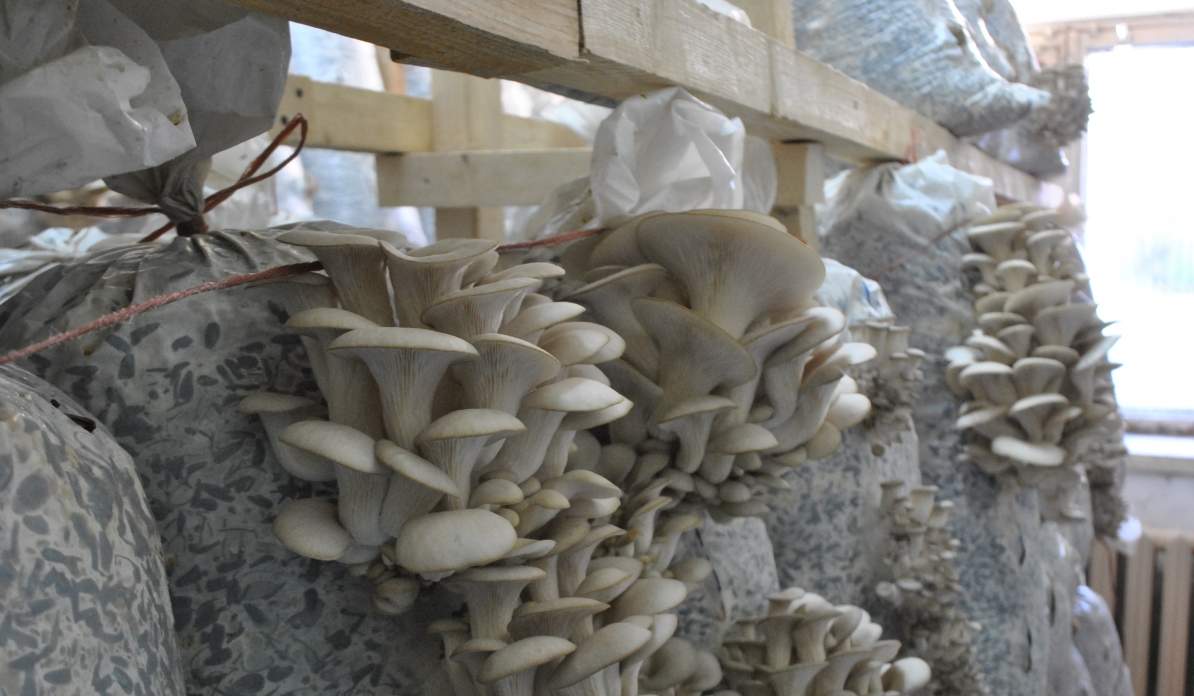
Oyster mushrooms in bags
Types of mushrooms for growing year-round
Of course, some of the described methods are good only at certain times of the year. It is difficult to grow mushrooms outdoors if the ground is frozen or covered with a thick snow blanket. But in specially equipped rooms - greenhouses, basements - you can harvest all year round. The most common species suitable for year-round cultivation are oyster mushrooms, champignons and shiitake.
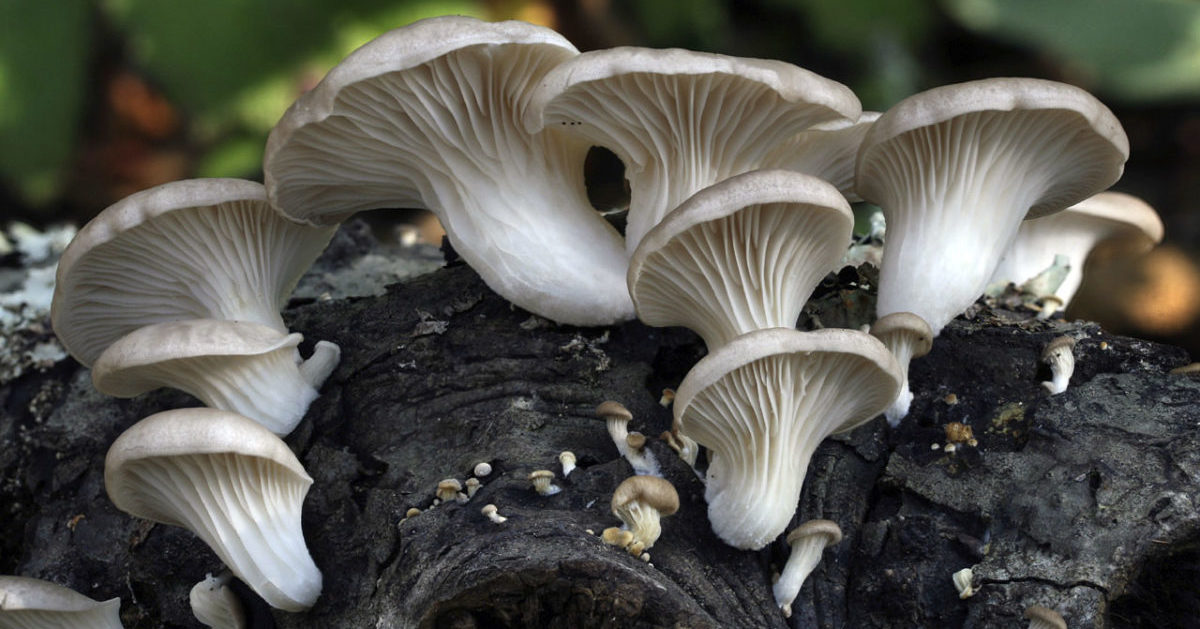 You may be interested in:
You may be interested in:Oyster mushrooms
Represent the most unpretentious look. They require minimal conditions and investments, soon give the first crop and bear fruit for quite some time.
The substrate may be straw of wheat, rye, barley, which must certainly be distinguished by freshness, purity, dryness, absence of mold and extraneous odors.
Oyster mushrooms do not need special lighting, they can do almost without light. It is better to place them in the basements, filling plastic bags located on shelves or suspended from the ceiling with a substrate with mycelium.
Packages are pre-incised along, and it is at the places of cuts that mushrooms appear. An indispensable condition for successful cultivation is a gradual decrease in temperature - thus simulating the onset of autumn cold weather - the time of active ripening of oyster mushrooms in nature.
Champignon
Unlike oyster mushrooms, champignons are moody and require certain conditions. However, the taste is so high that they are worth fighting for.
Champignons love moisture, shade, quality compost, horse manure. It is better to place mushrooms in special rooms where it is possible to regulate the temperature, since at different stages of growth they require different temperature conditions.
The best soil is considered to be manure, preferably horse manure, and in its absence a cow diluted with straw and leaves may be suitable.
Mushrooms do not grow immediately. Their shoots are similar to mold, from which a small fungus is gradually formed, resembling a nodule. And only after 45 - 55 days you can boast of the first harvest. Fungus mushrooms bear fruit up to three months.
Shiitake
A popular product of the Far East countries - shiitake mushroom is a relatively recent guest on the tables of our compatriots. It is believed that in terms of taste it is significantly ahead of oyster mushrooms and champignons, and in terms of the method of cultivation it is worthy of competition. These exotic mushrooms are quite capable of growing at home and in the country, and not just in specialized rooms.
Shiitake is grown either in the substrate, or on bars and stumps. Sawdust is considered the optimal substrate for it - up to 90%, and various additives. Sawdust is preferable to choose hardwood, for example, oak, beech, maple, alder, birch, aspen.
Stumps and uneven bars are also needed. Mycelium is added to the holes made. Whatever way shiitake is grown, a prerequisite for them is humidity and dusk. Shiitake under natural conditions actively develop during the rainy season. Accordingly, when cultivating the house, they require active "bathing", moisture.
Mushrooms sprout for a long time, up to 2-2.5 months, in warm conditions, and ripen in coolness and humidity, bringing a harvest for 4-6 months.
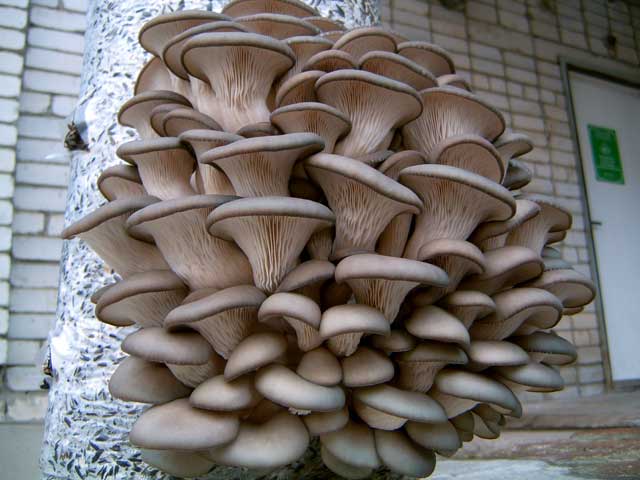 You may be interested in:
You may be interested in:Answers to widespread questions
Mushrooms are a decent product on the table. Its nutritional properties, rich composition and taste are many supporters. That is why mankind has found opportunities to feast on such a useful and delicious protein almost year-round, regardless of the temperature outside the window.




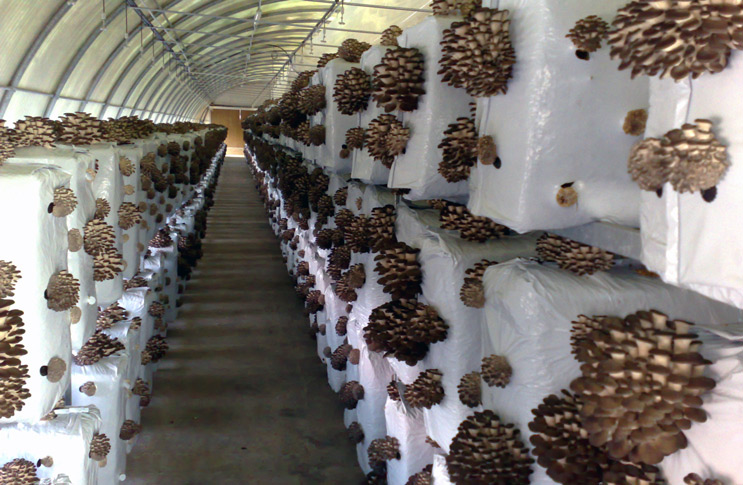
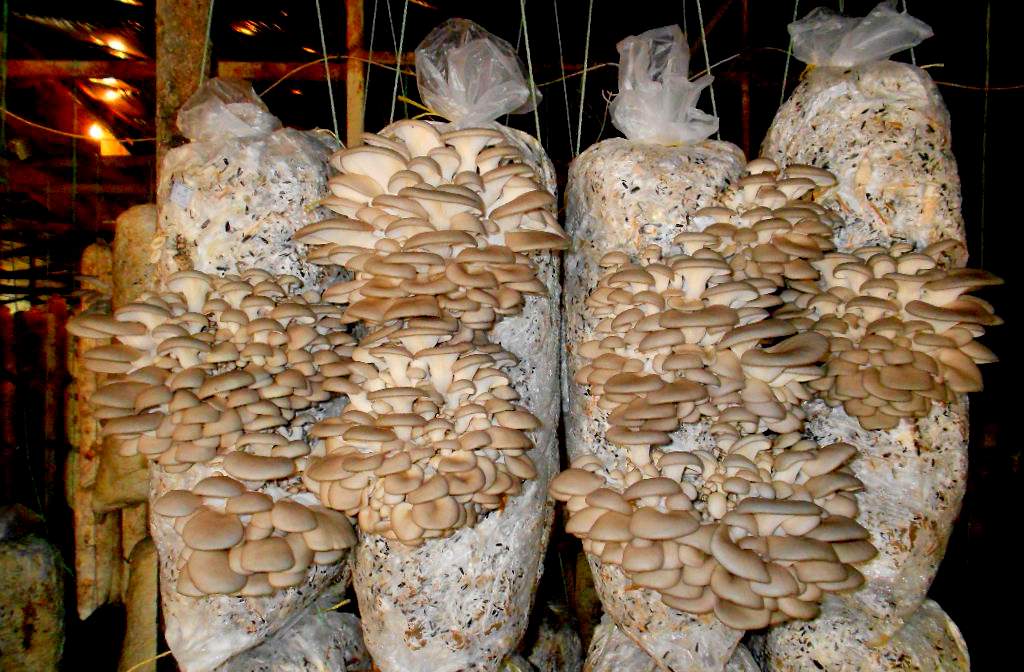
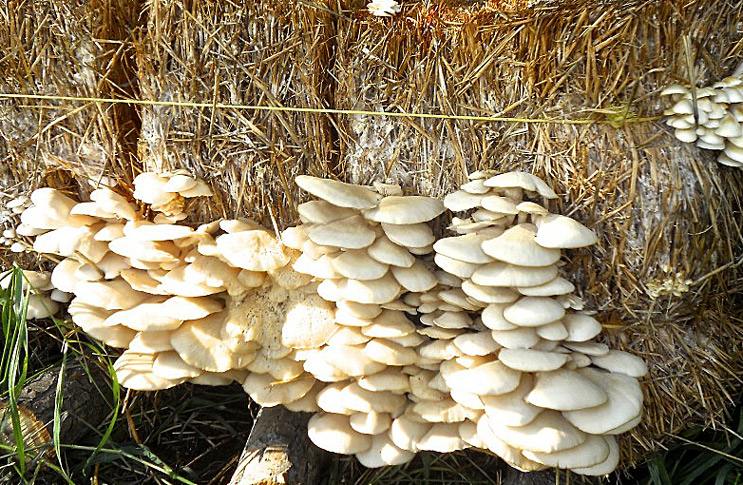
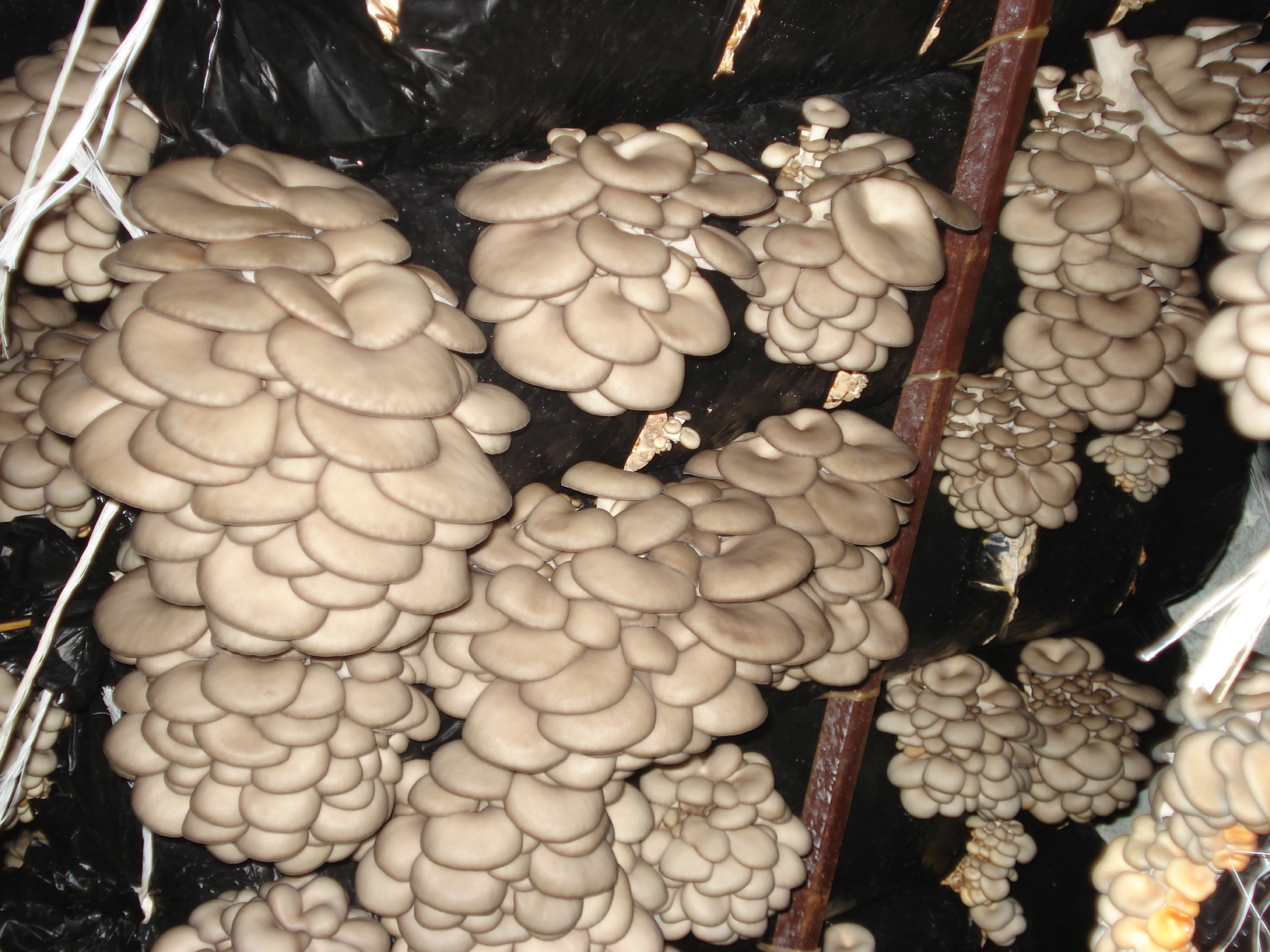
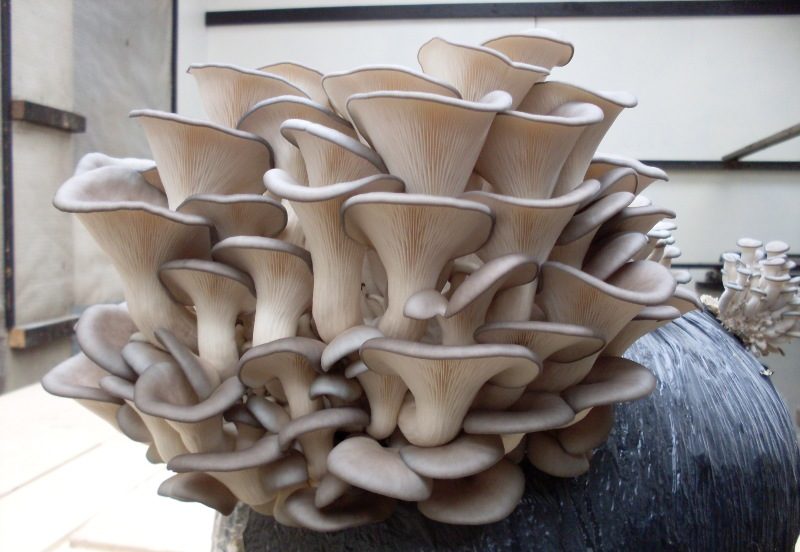
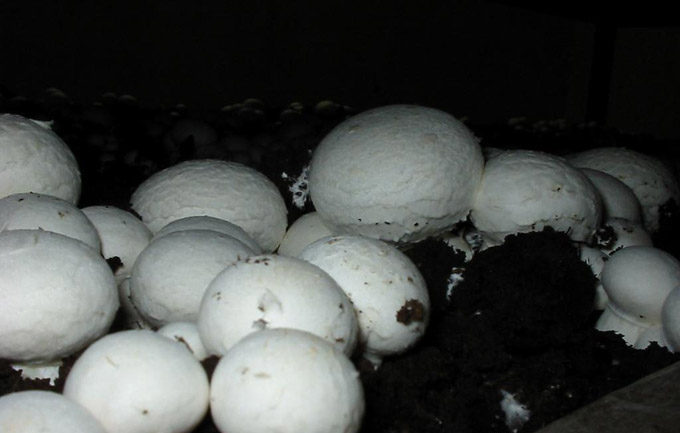
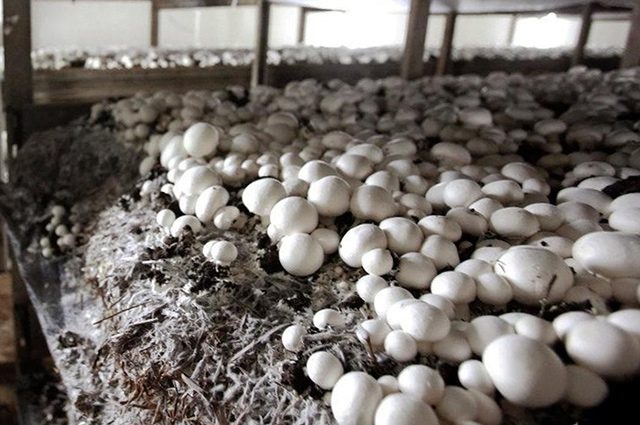
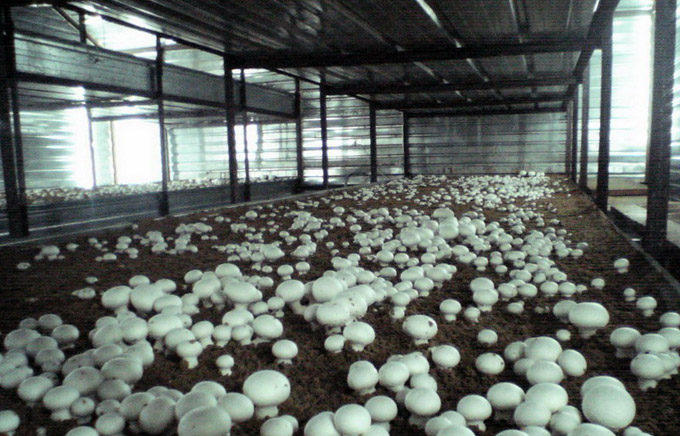
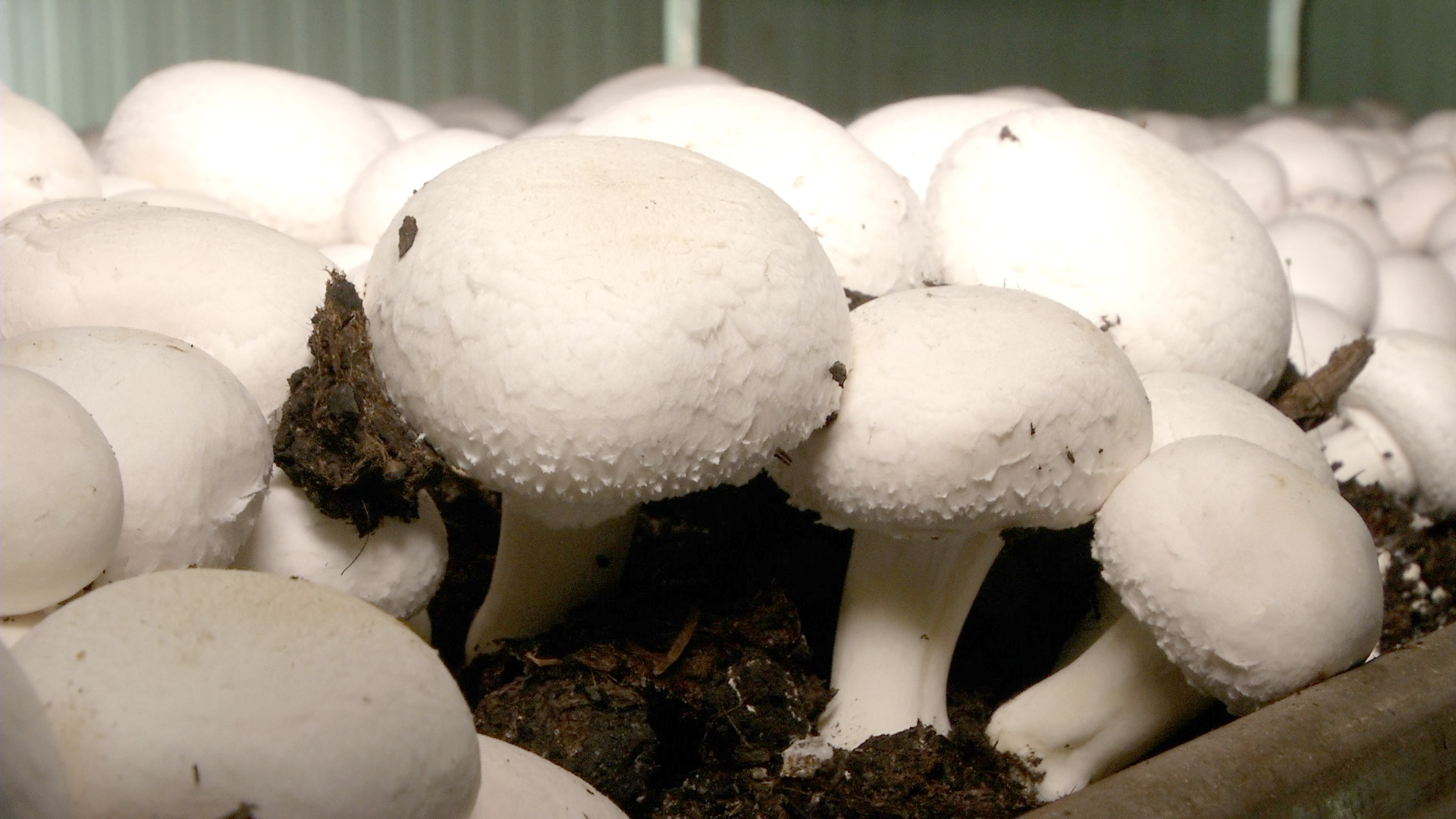
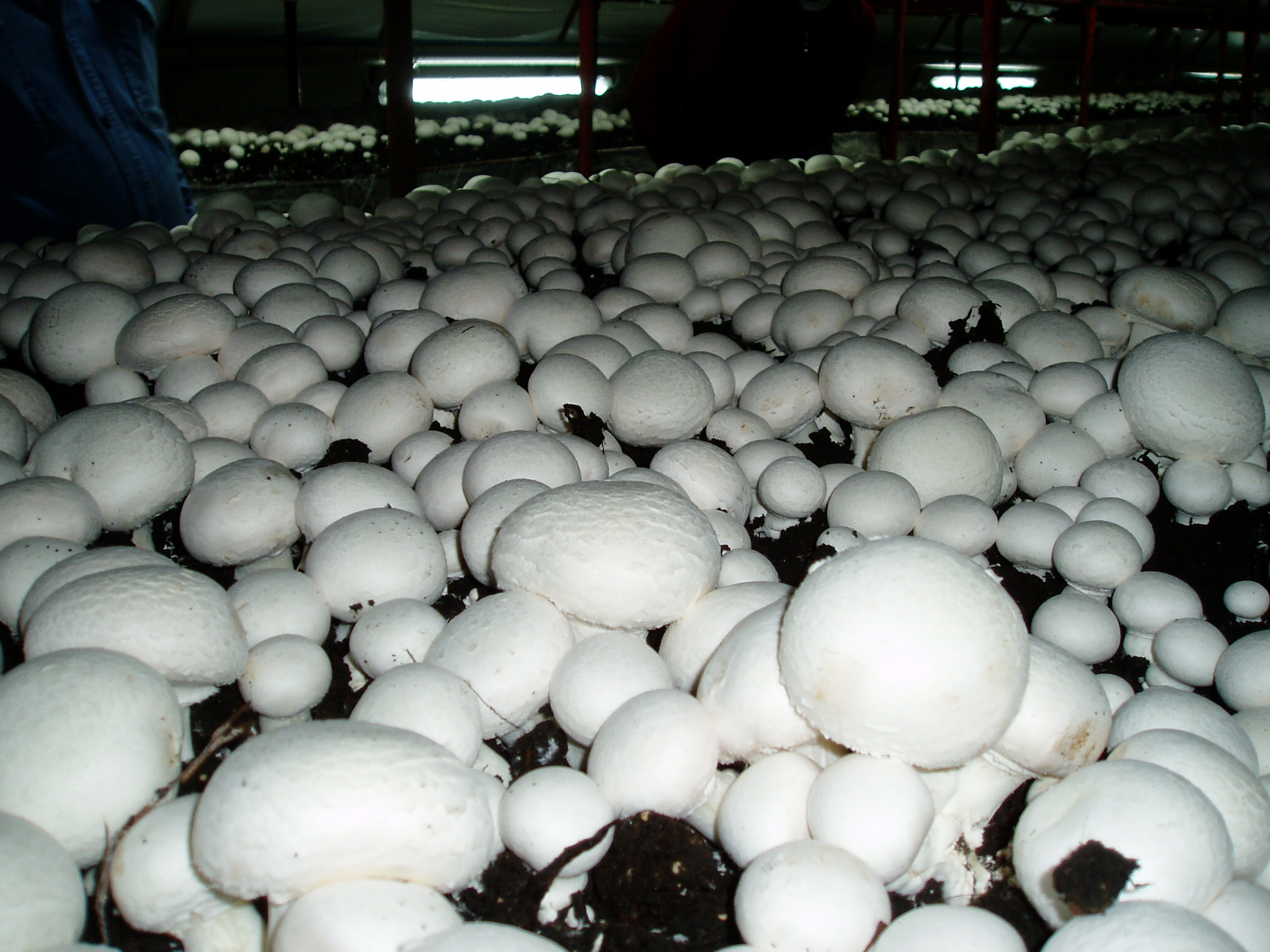
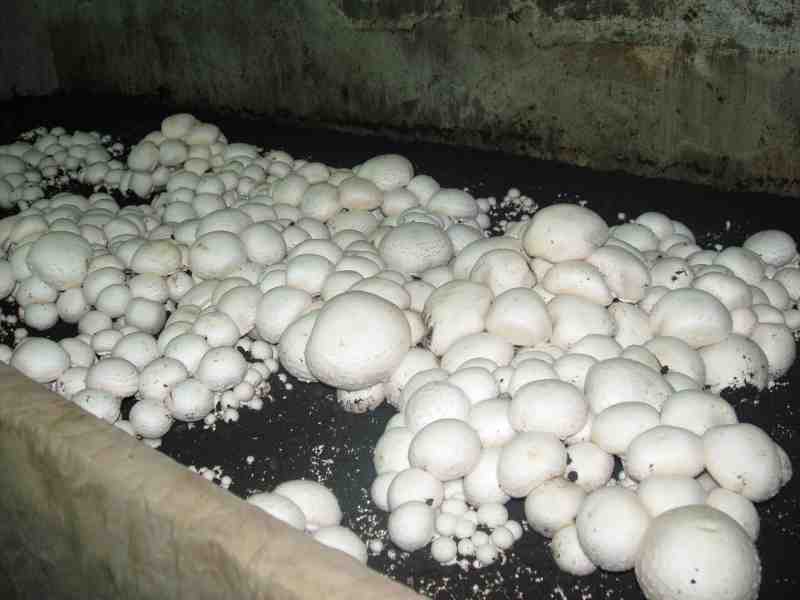
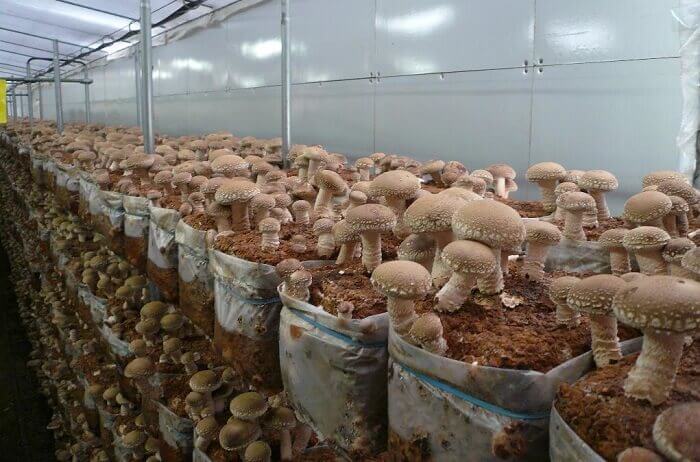
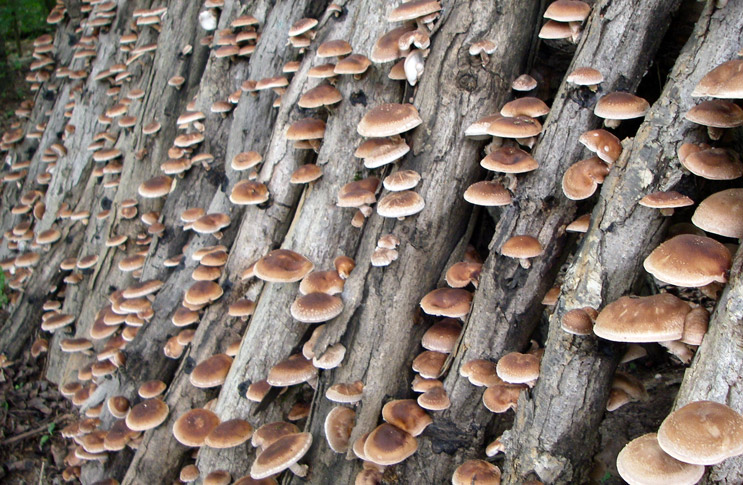
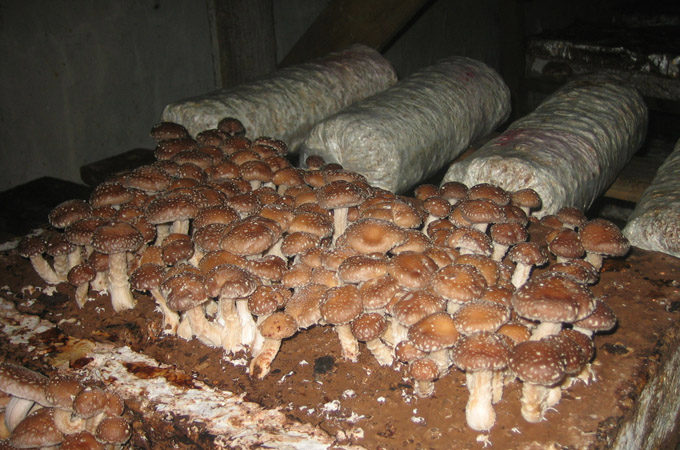

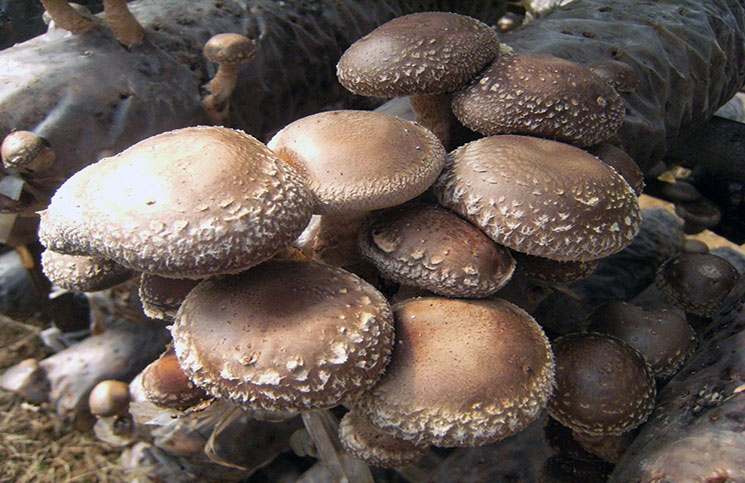
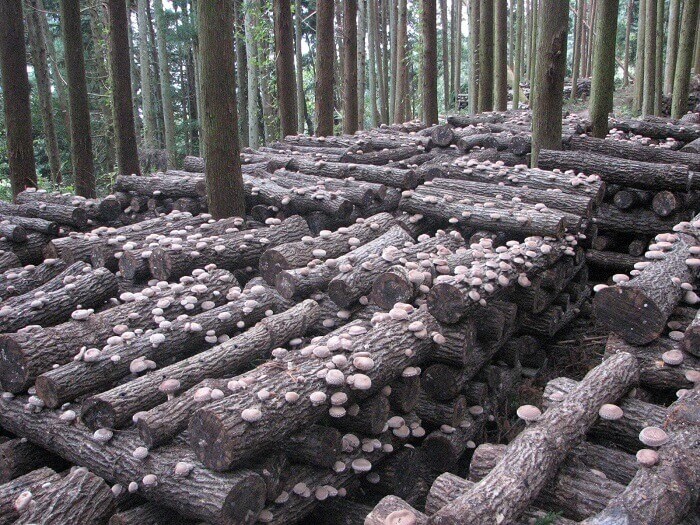
 Care and use of Kombucha at home (+22 photo)
Care and use of Kombucha at home (+22 photo) Edibility of the fungus of the motley umbrella and its description (+19 photo)
Edibility of the fungus of the motley umbrella and its description (+19 photo) Description of edible and inedible oils, their poisonous counterparts (+40 photos)
Description of edible and inedible oils, their poisonous counterparts (+40 photos) Useful properties of milk mushroom and its contraindications (+17 photos)
Useful properties of milk mushroom and its contraindications (+17 photos)